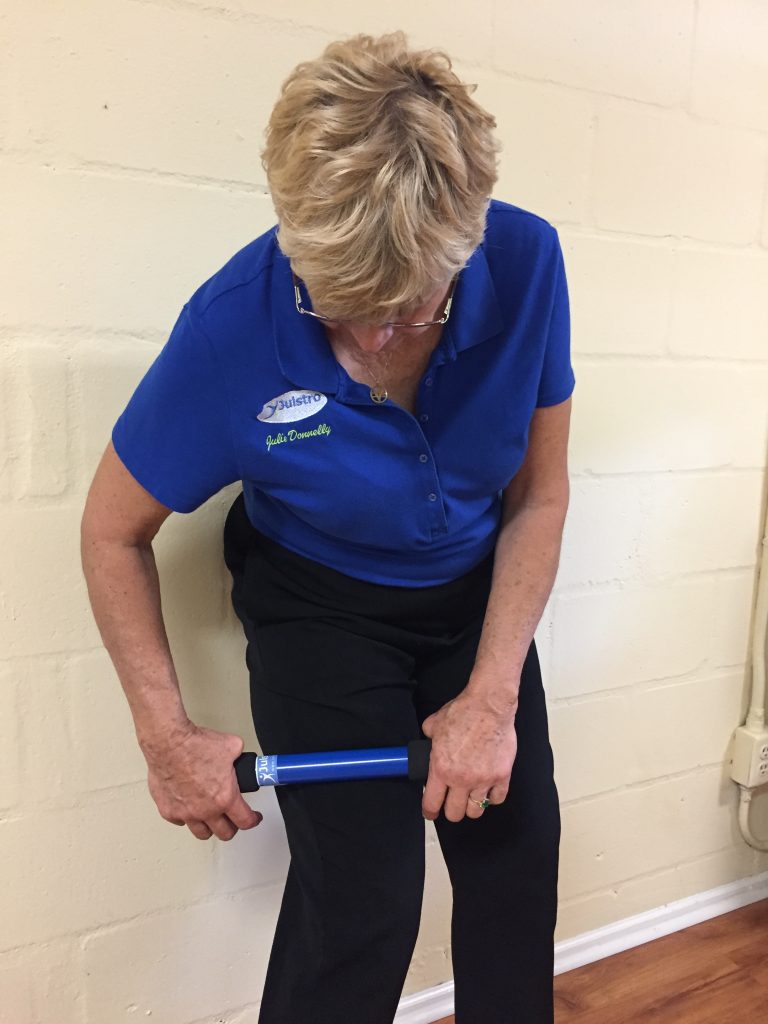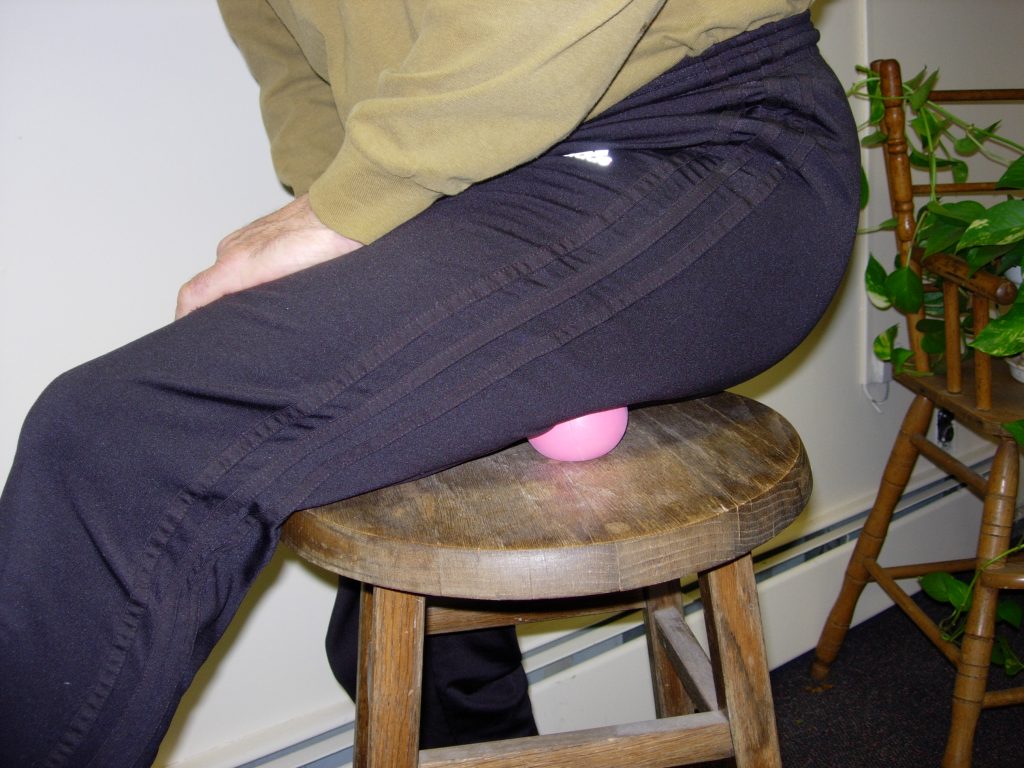“Don’t stretch your hamstrings” is the opposite advice to that given to the vast majority of athletes, especially runners. There is good reason to stop before you stretch, and consider why your hamstrings feel tight in the first place.
I received a message about a hamstring injury on one of the forums that I moderate. The message came from a father who was concerned about his 12YO son, an avid athlete. While stretching his hamstrings he heard a “pop” and immediately felt pain at his butt and behind his knee. A few days had passed and the boy is having hamstring pain while sitting and walking. The first thing someone may tell him is to stretch, and that’s the last thing that should be done. He needs to get an MRI to make sure that his hamstring tendon isn’t torn. If that’s okay, then he needs to look more in depth to find out why his hamstrings are tight.

